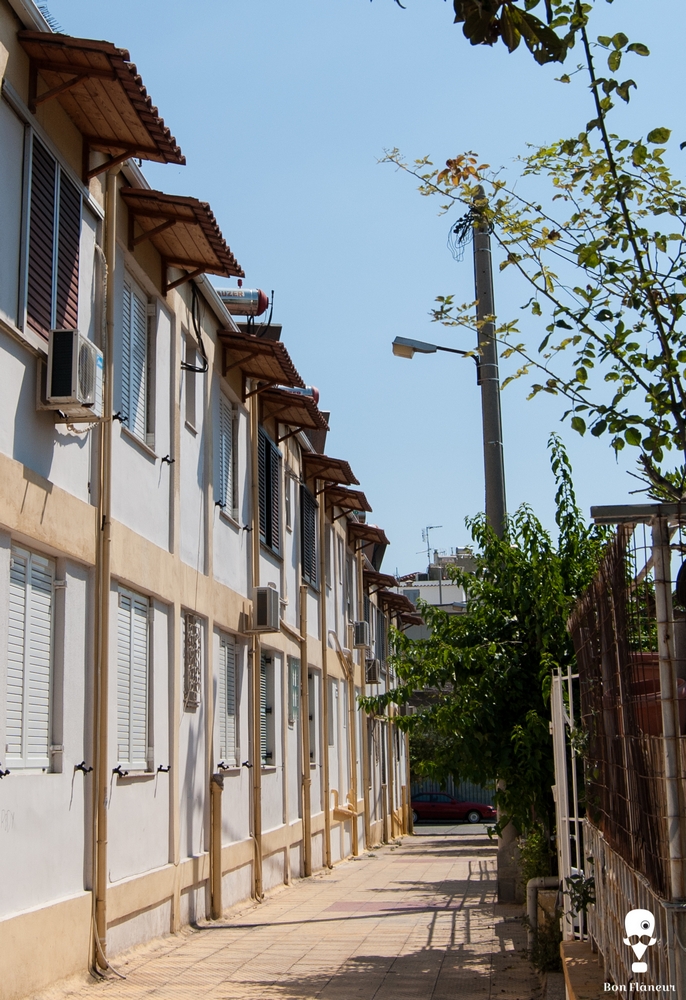Workers’ Housing Complex
Workers’ Housing Complex is mainly of modern architecture with an emphasis on functionality.
Location
Timeline
Modern and Contemporary era (1821 - )
1955 Construction of the first buildings began.
1957 Completion of the first buildings.
1965 Completion of the last buildings.







Share